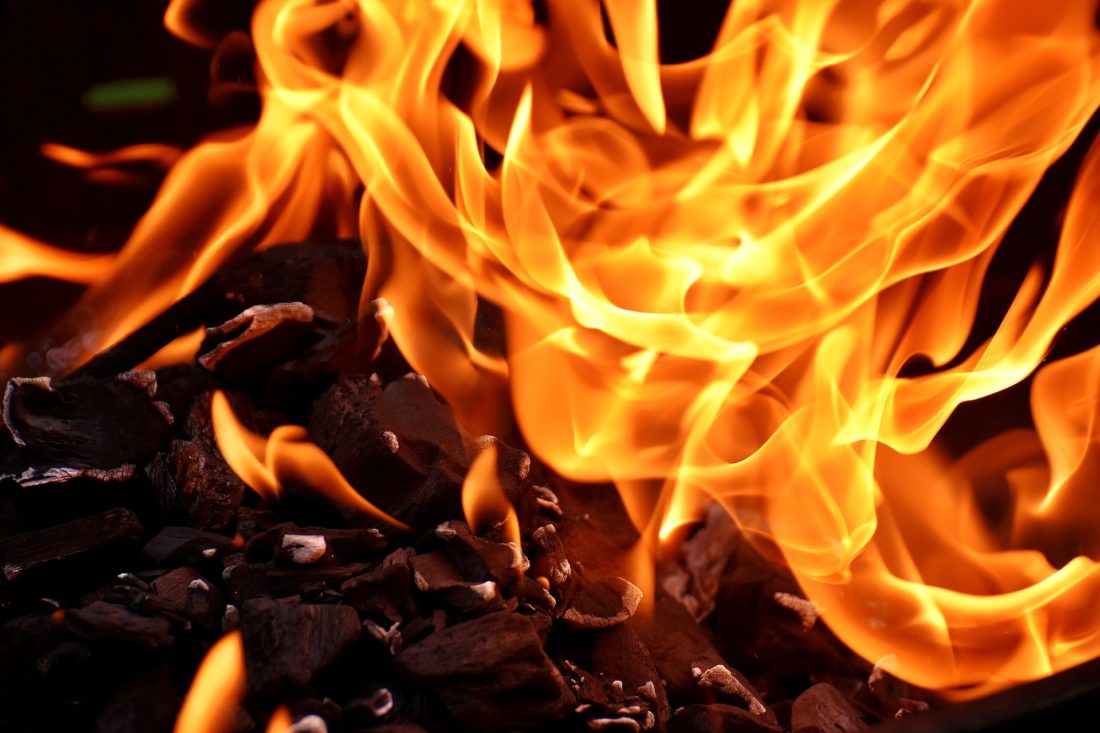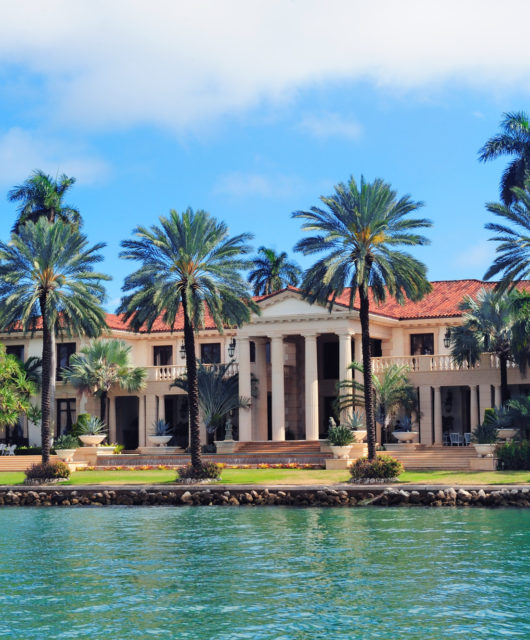Embracing Sustainable And Stylish Fireplace Design
 Fireplaces are a classic home design element, serving both functional and stylistic roles, but in today’s day and age, they’re mostly a high-end addition. Indeed, unless you live in a much older home, your fireplace might not even burn wood. That’s because modern fireplaces tend to be gas units, which provide better temperature control and are generally more environmentally friendly than their woodburning counterparts. But whether you prefer wood or gas fireplaces, there are great ways to minimize the environmental impact of your fireplace while amplifying your home’s style.
Fireplaces are a classic home design element, serving both functional and stylistic roles, but in today’s day and age, they’re mostly a high-end addition. Indeed, unless you live in a much older home, your fireplace might not even burn wood. That’s because modern fireplaces tend to be gas units, which provide better temperature control and are generally more environmentally friendly than their woodburning counterparts. But whether you prefer wood or gas fireplaces, there are great ways to minimize the environmental impact of your fireplace while amplifying your home’s style.
The Rise Of The Gas Fireplace
Gas fireplaces are a relatively recent innovation, but they offer a number of benefits compared to traditional wood burning ones, and key among them is simplicity. You don’t need to chop and stack wood or clean the flue and chimney; in fact, as long as it has its own vent, you don’t even need a chimney to use a gas fireplace, so its placement is more flexible. Most important, though, gas fireplaces don’t release soot and particles into your home’s air and produce much less air pollution than wood-burning fireplaces.
Sustainable And Stylish
Part of what makes fireplaces so timeless is that, whether it’s a grand fireplace in a regal hall or an intimate living room hearth, they bring a touch of style to the space. Homeowners decorate the mantel, install custom brickwork, and new architects are always creating innovative fireplace designs. One of the advantages of gas fireplaces, though, is that they offer additional customization options.
Gas burning fireplaces can be outfitted with reinforced gas logs designed to imitate the appearance of a traditional fireplace, but they can also be fire glass that disguises the gas valve. And while gas fireplaces are known for their regular burn pattern that looks just like a traditional wood flame, fire glass settings tend to appear a bit magical – somewhere between charcoal burning and flames appearing out of crystals or decorative stones. That’s taking style to the next level.
Isopropyl, Insulation, And Other Improvements
While natural gas and propane fireplaces are the most common alternatives to traditional fireplaces, the market is chock full of other improvements. Gas fireplaces, for example, typically lose far less heat up the chimney than their wood-burning counterparts, which means that home insulation is more effective. Since better insulation makes your home more energy efficient, this is a valuable improvement and can save you a lot of money on home heating.
Another new option on the fireplace market is the introduction of ethanol and isopropyl fueled fireplaces. Because these fireplaces burn alcohol rather than traditional gases, they don’t require any kind of vent and so they can be moved around and placed anywhere in the home or outside. In fact, they don’t require any kind of line for electric or gas, and since they release vapor and carbon dioxide, there’s no associated air pollution.
While there will always be a place in our hearts for wood-burning fireplaces, gas fireplaces are the future. As air quality declines in much of the US and around the globe and deforestation strips the land of trees, burning wood for energy needs to become a relic. It’s not sustainable and we have access to so many better options to meet our heating needs.









